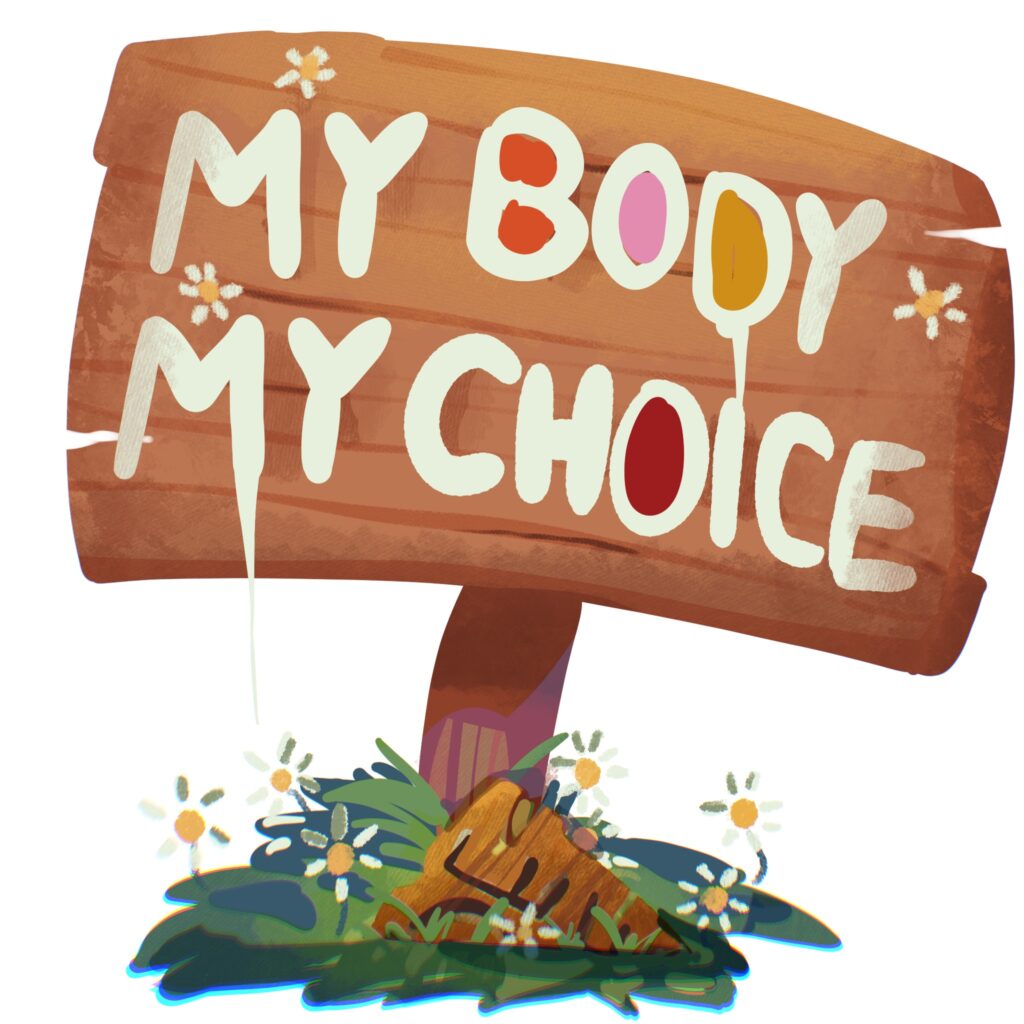MICHAEL WILLIAMS
Special to The Leader

On March 1, Fredonia’s Honors Program, Women’s and Gender Studies Department and History Club collaborated to sponsor a Zoom event on the history of abortion in America and how the overturning of Roe v. Wade was actually not historically accurate.
The event was hosted by Dr. Elisabeth Davis, a visiting professor from The University of Connecticut and former Fredonia history professor. Davis holds degrees in history and gender studies and offered a compelling history of abortion in America and how the Supreme Court got it wrong.
Abortion was seen as natural in early American history, and was often done by herbal remedies. Native Americans kept abortion legal in their societies. In fact, there are writings found of Benjamin Franklin in colonial newspapers writing about the herbal remedies used to have “miscarriages” (abortions) and outlining in detail how to use the remedies effectively.
The year 1745 marks the first account of an abortion, which was had by Sarah Grosvenor. Grosvenor had an abortion, and died shortly after. Her doctor was tried for the murder of the child and the women, but the jury denied that the death of the fetus was a chargeable offense. The jury found the doctor guilty for Grosvenor’s death, and he fled to Rhode Island.
Abortion was generally available through herbal means up until the 1860s when states started banning it again. New York banned it in 1873.
The following is the first law against abortion, passed by Texas in 1857:
“If any person shall designedly administer to a pregnant woman or knowingly procure to be administered with her consent any drug or medicine, or shall use towards her any violence or means whatever externally or internally applied, and thereby procure an abortion, he shall be confined in the penitentiary not less than two nor more than five years; if it be done without her consent, the punishment shall be doubled. By ‘abortion’ is meant that the life of the fetus or embryo shall be destroyed in the woman’s womb or that a premature birth thereof be caused.”
The Comstock Act in 1873 banned any sexually explicit pictures, books, magazines, abortion remedies, abortion guides and sex toys.
The laws got more stringent through the 1950s, as immigration, the Industrial Revolution and the Great Awakening affirmed positions on keeping abortion illegal. During this period, abortion was seen as a moral failing of society. Women had to rely on back-alley abortions before the 1950s, which undoubtedly led to thousands of young women losing their lives.
Once the 1960s came around and the Feminist Revolution took to the streets, liberal states started legalizing abortion again, with New York state legalizing abortion in 1970.
The ruling of Roe v. Wade occurred in 1973, giving women the right to an abortion. Abortion was ruled constitutional through the Fourth Amendment. The Fourth Amendment protected a pregnant woman’s liberty to choose to have a safe abortion.
The Fourteenth Amendment, through the Due Process Clause, granted men and women the same rights as others and also ensured the right to abortion by giving women equal rights as their male counterparts in society.
Roe v. Wade was an unexpected and historical ruling at the time, making the United States a leader for abortion rights.
This is when the Pro-Life and Pro-Choice movements spawned. They both fought for their prospective sides, waiting for the Supreme Court to change its makeup. The court ruled 7-2 across party lines in favor of the right to abortion in 1973. In 1992, the court had changed to a 8-1 majority for Republicans.
However, in 1994, the court ruled 5-4 across party lines in Planned Parenthood v. Casey. The ruling confirmed the right to an abortion before 24 weeks, but an undue burden test was created for anyone who wanted an abortion after that time. This was a very complicated decision, as it kept the large majority of abortions legal but did it in a very legally awkward way.
Ronald Reagan became the catalyst that created this decision at court, using anti-abortion rhetoric in his presidency and passing the Hyde Amendment, which banned federal money funding abortions. He appointed the lead justice on the majority opinion that banned abortion over 24 weeks unless the mother had an “undue burden.”
Then, Gonzales v. Carhart banned partial-birth abortions in a 5-4 ruling among party lines. Justice Kennedy penned the decision, appointed by Ronald Reagan, that it did not impede the undue burden test on abortions.
This leads us to Jackson v. Dobbs. In the summer of 2022, the Supreme Court overturned Roe v. Wade and Planned Parenthood v. Casey for good. In a 6-3 vote among party lines, the Supreme Court found that there is no constitutional right to an abortion. They argued that through originalism, there has been no history for abortions, as 1600s England banned abortions in its colonies and 30 states had banned abortion before Roe.
Even Sir Edward Cooke, chief justice of England, proclaimed that abortion was “child murder” back in the 17th century, as penned by Alito in his opinion.
Alito writes in his opinion, “A right to abortion is not deeply rooted in the nation’s history and traditions. On the contrary, an unbroken tradition of prohibiting abortion on pain of criminal punishment persisted from the earliest days of the common law until 1973.”
At the end of her presentation, Davis showed that, through the aforementioned research, abortion was legal in America for several decades, despite the nation’s complex history with the topic.
